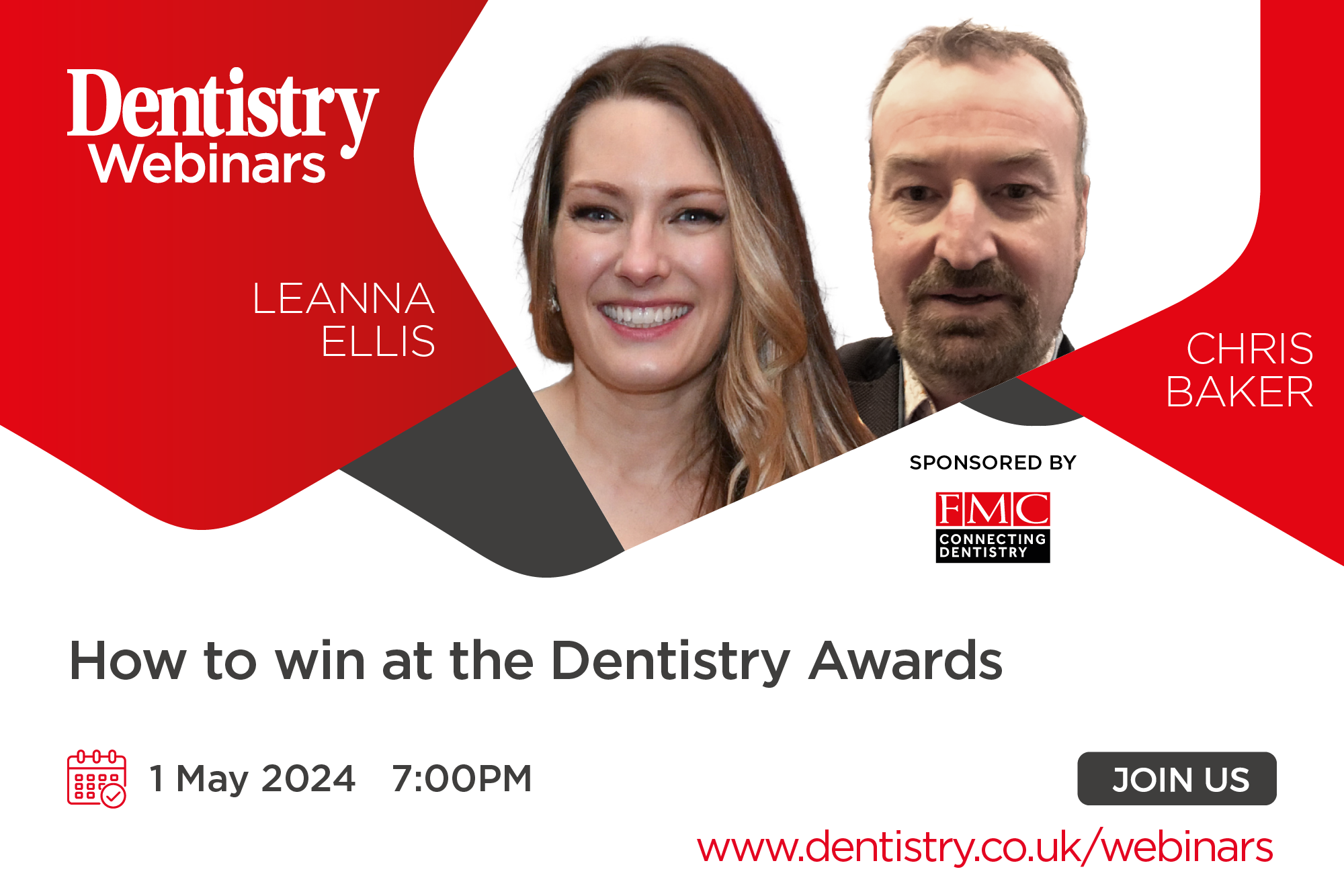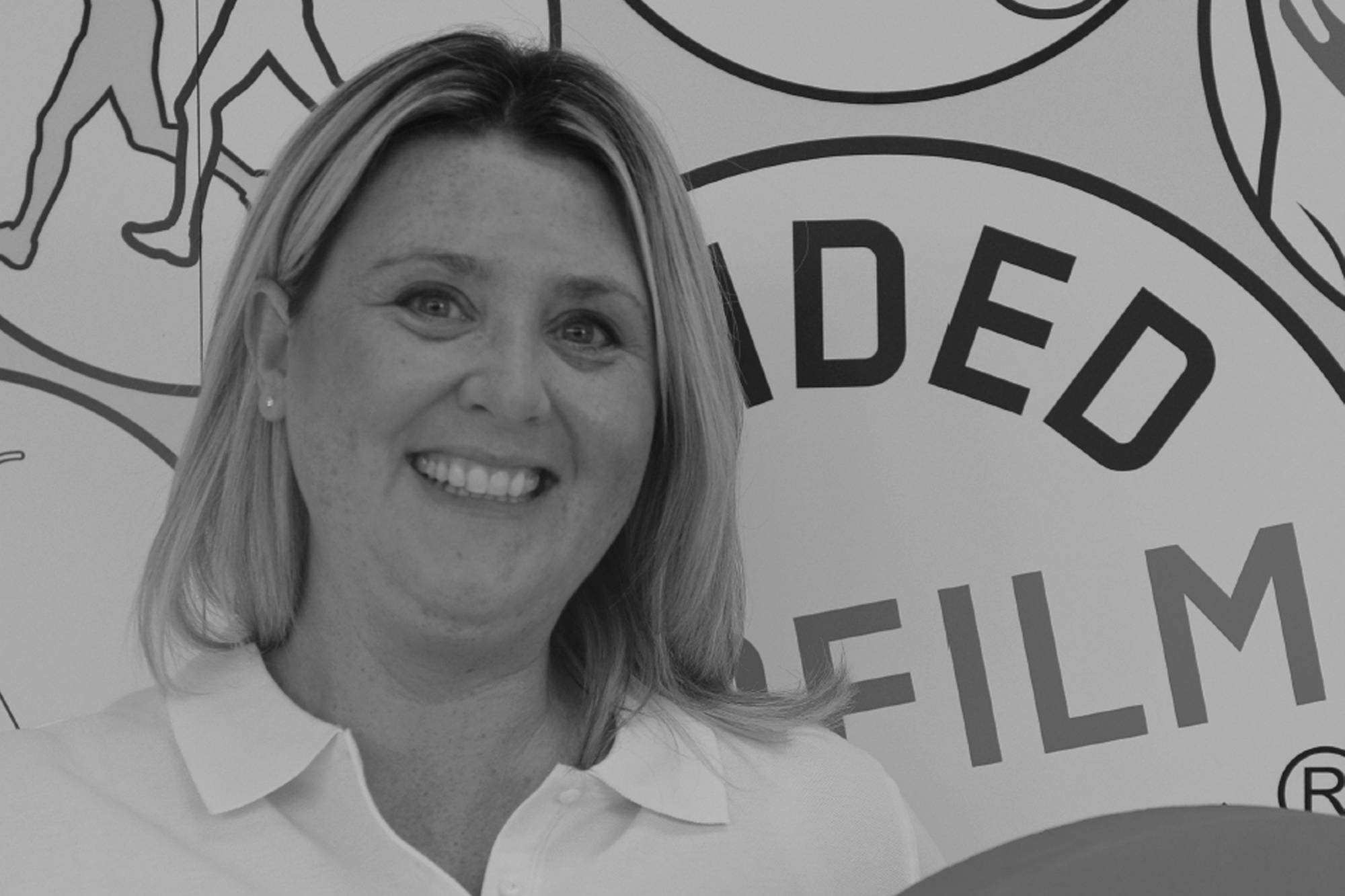
The EMS GBT Summit in Manchester is set to bring together international experts and clinicians to share information about preventive dentistry and modern therapies. It will support existing guided biofilm therapy (GBT) users and those looking to elevate their skillset.
The Summit, building on last year’s incredible inaugural event in London, is to be held on Friday 15 September from 8.30am to 4.30pm at the Science & Industry Museum. It is ideal for every dental professional who is focused on the delivery of frontline oral health for patients or who would like to increase their knowledge to support their team’s preventive efforts.
Whether you are already part of the GBT professional family or are considering adopting this revolutionary protocol, you are invited to join EMS in changing the face of preventive dentistry.
Priced at just £125 plus VAT and worth five ECPD hours, spaces will soon be filled, so don’t delay!
For further information and to book your place, visit gbt-dental.com/uksummit2023.
In the meantime, in the run up to this incredible event, three of the best GBT experts share their presentation subject, plus we asked them to answer three burning questions each before taking to the stage.
Dr Victoria Sampson – award-winning dentist practising in London
Victoria will be sharing her insight into the oral microbiome and how understanding it fully can help to support patients in their oral health efforts between appointments.
How many dental professionals do you think are talking about the oral microbiome with their patients now and how far have we got to go?
I think it is becoming a much more up and coming topic of conversation. The gut microbiome has been in the limelight for several years and now the public are becoming more aware that they house multiple microbiomes (including in their mouth).
As a result, bringing up the oral microbiome in the dental practice is something people are more comfortable with doing and talking about as they understand it better. I think we are just at the beginning, and, over the next five to 10 years, people will understand that an imbalanced microbiome is causative of disease both in the mouth and the rest of the body.
I am getting enquiries constantly from dental professionals who want to learn more about the microbiome and how to communicate this to their patients, so I think we are just at the tip of the iceberg!
How can hygienists and therapists use this conversation to support patient compliance?
I think showing that an imbalanced oral microbiome can lead not only to dental diseases but also systemic disease gives hygienists and therapists much more responsibility and authority. Patients are not just there for a ‘clean and polish’ but instead to reduce their bacterial load and their inflammation.
A hygiene treatment is so much more than just a cosmetic treatment and a hygienist is much more than a ‘cleaner of the mouth’. It is a medical treatment that has an impact on the whole body. Once patients appreciate this, they will be far more compliant.
Hopefully, if hygienists and therapists understand that and deliver that message to their patients effectively, they will feel more motivated in their roles and receive the respect they deserve.
Have you found that GBT supports this message?
One hundred per cent. By disclosing the biofilm using a plaque-disclosing tablet, patients can see where they are missing when they brush and why they need to improve their oral hygiene. It also gives them ownership of their disease and makes the invisible visible for patients who may not otherwise understand why they need to floss or brush better.
Guided biofilm therapy literally has the word ‘biofilm’ in it. Therefore, it already sounds more clinical and different to an average ‘scale and polish’. This means hygienists and therapists are able to bring up the conversation of biofilm disruption and the oral microbiome organically. They can get across to their patients the importance of regular biofilm disruption and the connection between the oral microbiome and disease.
I think GBT is genuinely the future of hygiene and disease prophylaxis, and will spearhead the way for putting the mouth back into the body.
Dr Devan Raindi – award-winning specialist periodontist, practising in both London and Birmingham
Focusing on flapless regeneration of the periodontium, Devan will cover the rationale behind minimally invasive non-surgical periodontal therapy, as well as sharing the correct instruments and techniques required. He will also consider the future of non-surgical regeneration of the periodontium.
To what extent do you think the rationale behind minimally invasive non-surgical periodontal therapy is understood and being effectively used?
I think the concepts are becoming better understood and accepted into clinical practice, particularly with the constantly evolving evidence base and more research being published in this specific area.
That being said, this is an important topic to reinforce and can provide significant benefits in complex clinical situations, as well as potentially avoiding surgical intervention where previously picking up a scalpel would have been thought a necessity.
What do you think the future of non-surgical regeneration of the periodontium holds for clinicians and patients?
I truly believe non-surgical therapy remains (and will remain) the cornerstone of effective periodontal therapy. By utilising the correct clinical techniques with appropriate equipment, there is no reason why non-surgical regeneration cannot be predictably achieved on a daily basis in general practice settings.
Moving towards the future, I would like to see the development of interventions that optimise the healing process at a biological level. For example, combining non-surgical therapy with the use of biologics/regenerative materials and, ideally, considering the patient’s specific biology to allow for a ‘precision dentistry’ approach.
Let’s face it, having non-surgical treatment may not be the highlight of a patient’s week. By incorporating approaches that are minimally invasive, we can potentially improve pre- and post-operative discomfort/sensitivity.
This establishes a stronger longer-term rapport between the patient and their periodontal team, providing benefits for patient, professional and business.
Where does Airflow and GBT fit in with all of that?
We know that a dysbiotic biofilm is the driver of the destructive inflammatory processes seen in periodontitis. Minimally invasive techniques are focused, in part, on removing this biofilm to allow re-establishment of symbiosis without excessive damage to the tooth structure.
Airflow and GBT allow for a biofilm-focused method of instrumentation and has a role to play during the various steps of treatment of periodontitis, including long term maintenance.
The EMS machines also have the high quality, fine piezon tips, allowing for comprehensive debridement of deep pockets and minimal trauma, abiding by the principles of minimally invasive non-surgical therapy.
Faye Donald – award-winning dental hygienist with more than 20 years of experience
Faye will present a Swiss Dental Academy case study at the summit, offering insight into the beneficial realities of the GBT protocol and inspiring others to follow suit.
Where does the idea of prophylaxis come from and why it is so relevant to the dental profession and patients today?
Dental disease is preventable. That means that, with the right approach, patients can avoid dental disease altogether. Total disease prevention is our ultimate goal in 2023.
By definition, the word prophylaxis means ‘treatment given or action taken to prevent disease’.
Whether preventing the onset of disease, or preventing the progression of existing disease, prevention and ongoing oral care is at the forefront of all modern, minimally invasive dentistry performed today.
A prevention-led mindset in healthcare in general has never been more widely discussed, particularly since COVID-19 when, seemingly, those with pre-existing co-morbidities suffered the most. Dentistry is following suit. Those with better lifestyle choices, more rigorous homecare regimes and who take preventive measures are experiencing less and less disease.
As the profession’s understanding of disease continuously evolves, so too does our approach to managing and preventing it. Prevention-led or prophylactic dentistry is now leading the way, helped by improved guidelines that encourage a staged approach, focused on accomplishing patient engagement and inflammation reduction, ahead of removing detectable hard deposits.
We’ve never understood better that it is undisturbed biofilm that triggers the periodontal disease process. Therefore, adopting an approach that zooms in on managing the biofilm both at home and in the dental surgery is the key to preventing disease and getting the most from dental prophylaxis.
Your perspective is that when we think about what is new in prophylaxis, what is new in preventing disease is under discussion, not what is new in removing calculus and stain. Why is that?
Because the profession is waking up to the fact that if we get this right, one day we could live in a world where dental disease is a thing of the past. We have the knowledge and the power to make this happen.
Managing the biofilm doesn’t require the removal of calculus and stain. Biofilm will still form and, if left long enough, will still have the capacity to initiate the disease process regardless of whether calculus is present or not. Removing calculus and stain would merely improve the appearance of the teeth, which harbour the disease.
We must take responsibility for the treatment and ask ourselves if we are doing what’s best for our patients if we continue to apply techniques and methodology that were designed at a time when we thought calculus was the problem.
If we’re going to prevent disease in future generations, we must focus our attention on what’s causing it and not on removing its byproducts. This is why I choose to apply guided biofilm therapy in my clinics, because at the very heart of its ethos is prevention and prophylaxis.
How does GBT fit in with the ideology of preventing disease?
GBT is about managing biofilm. It’s about using the most advanced and least invasive technologies to address the root cause of dental disease. The protocol aligns itself perfectly with the most up-to-date guidance we have (S3) on the management of periodontal disease.
The S3 guidelines place assessment, diagnosis, patient education, risk management and biofilm disruption ahead of any other intervention. These are also the first five stages of the GBT protocol, which particularly focus on site-specific biofilm detection and disruption with the help of biofilm disclosing agents. Only when these steps have been followed do we move on to removing hard deposits and stain.
One area of concern I hear constantly is that clinicians don’t feel they have enough time to address prevention because patient demand for deposit removal takes up most of the appointment. With Airflow, Perioflow and Piezon being at least three times more efficient than traditional modalities, using GBT frees up the time I need to re-educate my patients, help them to unlearn outdated thoughts, and address prevention properly.
Next month, another three pre-eminent GBT users will share their vision and understanding of professional prophylaxis and patient care as their time on the stage at the GBT Summit get closer.
For further information about the GBT Summit and to book your place, visit gbt-dental.com/uksummit2023.






